#japaneseprints
Photo

The 20 prints of my Memento project will be exhibited in Bristol for Impact 12 conference next week alongside the beautiful prints from @jacquelinefgribbin about the bushfires in the Northern Territories in Australia. I will be in Bristol for the conference from Wednesday to Sunday next week and I hope to meet a lot of fellow printmakers and friends! #feelingexcited #impact12 #bristol #exhibition #memento #mokuhanga #printmaker #printmakerwomen #womenartist #artist #japanesewoodblock #japaneseprints #washipaper #sumi #black #charcoal #wildfires @cfpr_research (at Bristol, United Kingdom) https://www.instagram.com/p/CiiLhunorUV/?igshid=NGJjMDIxMWI=
#feelingexcited#impact12#bristol#exhibition#memento#mokuhanga#printmaker#printmakerwomen#womenartist#artist#japanesewoodblock#japaneseprints#washipaper#sumi#black#charcoal#wildfires
3 notes
·
View notes
Text
The Artistic Tapestry of Ukiyo-e: Exploring Japanese Woodblock Prints
Japanese woodblock prints, also known as ukiyo-e, have captivated art enthusiasts for centuries. Originating in the 17th century, these prints reflect the unique artistic traditions of Japan and provide a window into its rich cultural heritage. This article explores the history, techniques, themes, and enduring appeal of Japanese woodblock prints, highlighting their significant contributions to the world of art.

Historical Context: Japanese woodblock prints emerged during the Edo period (1603-1868), a time of relative peace and stability in Japan. Initially used as book illustrations and playing cards, woodblock printing eventually evolved into a popular art form accessible to a wide range of social classes. The prints depicted a variety of subjects, including landscapes, historical events, theater actors, beautiful women, and scenes from everyday life.

Techniques and Process: Creating a woodblock print involved a collaborative process among the artist, carver, and printer. The artist would first design the composition, which was then transferred onto a woodblock. Skilled carvers would meticulously carve the image into the block, leaving raised areas that would receive ink. The printer would apply ink to the block and press it onto paper, resulting in a unique print. Multiple blocks were often used to achieve various colors and layers of detail.

Themes and Subjects: Japanese woodblock prints encompassed a wide range of themes and subjects. Landscapes, known as "fukeiga," depicted beautiful vistas, mountains, and famous landmarks, often incorporating elements of seasonality and poetic symbolism. Portraits of kabuki actors, sumo wrestlers, and historical figures were popular, showcasing the fascination with celebrity culture and traditional arts. Prints featuring "bijin-ga," or beautiful women, portrayed the idealized feminine beauty of the time, emphasizing grace, elegance, and fashion trends.

Masters of the Genre: Several artists achieved mastery in the art of woodblock prints, leaving an indelible mark on the medium. Katsushika Hokusai, renowned for his series "Thirty-Six Views of Mount Fuji," including the iconic "The Great Wave off Kanagawa," showcased his innovative compositions and dynamic use of color. Utagawa Hiroshige's "The Fifty-Three Stations of the Tokaido Road" series captured the essence of travel and the changing seasons. Kitagawa Utamaro excelled in portraying the grace and allure of women in his series such as "Ten Beauties of the Pleasure Quarters."

Influence and Legacy: Japanese woodblock prints had a profound impact on Western art, especially during the late 19th-century Japonism movement. Artists like Vincent van Gogh and Claude Monet were inspired by the prints' flatness, bold compositions, and expressive use of color. The influence of ukiyo-e can also be seen in Art Nouveau and Impressionism. Today, Japanese woodblock prints continue to be admired for their intricate craftsmanship, harmonious compositions, and evocative storytelling, preserving a cultural legacy that continues to inspire artists and collectors around the world.

Japanese woodblock prints, with their delicate beauty and exquisite craftsmanship, offer a captivating glimpse into the artistic traditions of Japan. From their humble origins to their lasting influence on Western art, ukiyo-e prints have left an indelible mark on the art world. Through their skilled execution and depiction of various themes, these prints continue to be celebrated as a testament to the mastery of Japanese artists and a visual gateway to the rich cultural heritage of Japan.
#UkiyoE#JapanesePrints#WoodblockArt#TraditionalJapaneseArt#Printmaking#AsianArt#EdoPeriod#JapaneseCulture#ColorfulPrints#JapaneseArtistry
1 note
·
View note
Photo
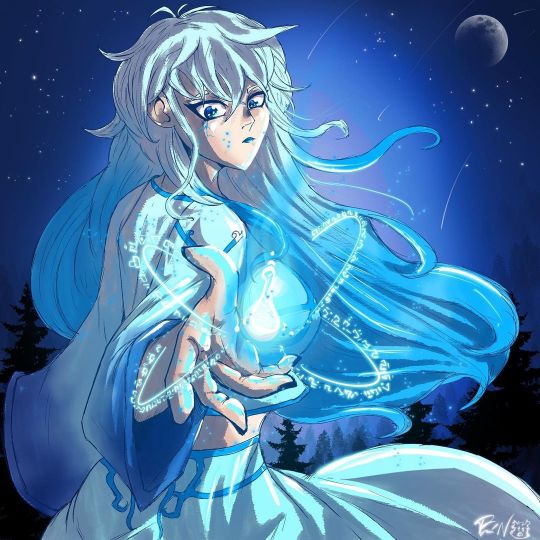
Dtiys @aeris__art I tried a new style one again, doing this challenge and redrawing someone else character I can experiment much more Pls support the original creator of the character #aerisartdtiys2022 #dtiys #ice #magician #witch #witchaesthetic #frozen #icequeen #procreate #style #experimental #aesthetic #witchvibes #power #japaneseprints #nihon #digitalillustration #digitaldrawing #followforfollowback #illustration #illustrator #painting #art #artist #artoftheday #artistsoninstagram #drawing https://www.instagram.com/p/Cnkzs62o4Mx/?igshid=NGJjMDIxMWI=
#aerisartdtiys2022#dtiys#ice#magician#witch#witchaesthetic#frozen#icequeen#procreate#style#experimental#aesthetic#witchvibes#power#japaneseprints#nihon#digitalillustration#digitaldrawing#followforfollowback#illustration#illustrator#painting#art#artist#artoftheday#artistsoninstagram#drawing
0 notes
Text
Karate No Mercy Kanji T-Shirt

Been working for some time in my print on demand designs, but I never actually posted here directly what I have been doing for the last few years. Have a peek on my shop. Click on the link above!
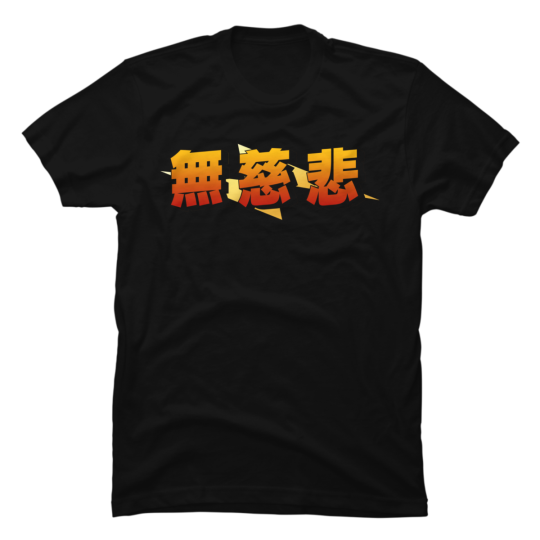
Another version of "no mercy" kanji!
#karate#martial arts#artes marciales#tshirt#tshirdesign#designbyhumans#kanji#illustration#japanese#japaneseprints#no mercy#karate kid#cobra kai
0 notes
Text

Introduction about My Original Artwork of Woodblock Printing.
When I wrote my last article, what I had in mind was that I would work for income more from this year.
(What follows in this parentheses is a bit long talking that has nothing to do with the main topic of this article and this time printmaking, but let me talk.
For the past few years, I have been doing ukiyoe reproducing without considering profitability. Because, there were looked for me various contradictions fundamentally in the traditional ukiyoe reproducing. But, basically, such those issues I found seemed a kind what was difficult for people to understand. It seems difficult matter for people even to imagine, including for experts. Actually, it was difficult also for me for a long time to understand why so, why such ukiyoe reproducing done by the first class people from the very past gets fraud or contradiction easily from the early step in a project of ukiyoe reproducing. But, I now think as the reasons, that carvers' and printers' knowledge about the materials and skills nowadays includes some many that were established after the Meiji era, ukiyoe reproducing has an aspect or element as a new tradition after the Meiji era, reproducing same ukiyoe print truly as it was in the Edo era is originally out of carver's and printer's concept of skills, and researching and understanding about ukiyoe reproducing has not been developed so much that such those are recognized well. Therefore, contradictions or frauds would inevitably arise from those.
Anyway, putting aside such my opinion, but please compare and observe the prints of the original and the reproduction more than anything. And please get to recognize the differences between the original print of the first edition and the reproduction of that, in terms of the materials use as paints and paper, and the skill qualities of carving and printing as line chipped, line distortion, color misregistration, color grazed, etc. Because, that seems to be very important to understand what ukiyoe reproduction is after all.
I'd like researcher or scientist particularly who relates a ukiyoe reproducing project to clarify such those differences between the original and the reproduction by doing comparative observation, as the basic knowledge for reproducing. And also to look and verify carver's and printer's theory of ukiyoe reproducing. Why does he retouch the line finally despite he traces it from the original very carefully using a latest equipment saying himself as if he tries to reproduce the same line? Why does he have no interested in the original paints and paper of the original of the Edo era? Please look and verify their theories behind those matters. Is that really what focuses on reproducibility or results to same ukiyo-e print of the Edo era ?
I consider the fundamental cause why ukiyoe of the Edo era have not been able to reproduce truly is that organizing concepts or theories is not done properly with verifying among persons who relate a project of ukiyoe reproducing, not lacks of the materials and the skills of carver and printer nowadays. Being adopted a theory which promise from the first to be making an modern improved ukiyoe print inevitably is the most cause why not done truly, I consider.
Talking a little long, unrelated the main topic of this article. But I as 19 years old started to do woodblock printmaking. I then became a printer, having a will which I someday in the future would reproduce ukiyoe in the truest sense, but such my idea was too different from the concept or theory of the traditional ukiyoe reproducing. So, I quit a printer and worked for it individually, but that was difficult to make a living. And I in the last year decided to put a period to such my work, but, as the period, what I left to say was such like that.)
Anyway , now let turn the main topic that is the printmaking this time.
So, when I thought about income, I came to think that if for income, is it better to make a something original print with ukiyoe or shi-hanga style than reproducing? In actual, such kind of wood block prints has recently been produced frequently by various publishers. So, I this time tried to make such one.
Concerning specifically what I made, I from the past have had an idea that something nice print could be born if I make woodblock print from a vintage photo postcard as the following, which began to be frequently produced about the turn of the 20th century. So, I this time put it into action.

Concept of this time printmaking is "making a nostalgic and beautiful print". For me, one of the charms of ukiyoe and shi-hanga is nostalgia, showing the old days.
But, what is more important than that as the concept is making a beautiful print.
Although I already mentioned about income as the background of this time printmaking, it seems important for that to make a beautiful print which makes people happy to appreciate. Actually,Ididn't have such idea so much in my past reproducing work, because reproducing same ukiyoe print thoroughly seemed for me essentially different matter from making a beautiful ukiyoe reproduction.
About the Design
This time I was inspired from this postcard and made the design. I'm not sure when this postcard was made, but since the postmark is 1939, so it would have been made around that year. It shows Shinobazu Pond with lotus flowers blooming in summer, in Ueno Park.

About the Materials
As woodblocks, I used a cheap cherry one for the keyblock. And, katsura and japanese lime for the color blocks. I didn't use expensive hard cherry wood block of good quality, because even those cheap wood blocks I selected seemed to be enough for the expression this time, and also l didn't have an idea to print in a large quantity.
As paper, l used handmade washi which I bought a little long time ago and left. Not sure though, it would be mulberry with pulp. I selected it thinking it responses enough for making a beautiful print.
As paints, l used chemical ones which a traditional printer nowadays has been using generally for reproducings of ukiyoe and shin hanga.
About the Carving&Printing
I didn't pursue too much the skills like which carver and printer normally do nowadays, particularly as the following.
·Carving lines without chipping.
·Carving smooth lines.
·Printing without color misregistration.
·Printing without paint grazing.
·Printing without paint accumulation ("tamari").
·Printing without paint stain in a superfluous area on a print.
The reason why I so was just for the expression, just for the taste of the print this time. But, as a premise of that, I have an idea as the following.
Such those kinds of carver and printer skills relate to beauty just only until a certain level.
What I mean is, when we look the original prints of ukiyoe and shin hanga (not reproductions at the present), there are many beautiful prints in spite of such skill matters aren't done so well. Especially in ukiyoe of the Edo era, it's normal it has some roughness parts in its skill quality. But, that seems natural matter, thinking that it in the Edo era had been produced very speedy by several hands from master to apprentices together. And also, since the skill level of carver and printer advanced around the Meiji era, a case also happens which even it was normal or good quality from the perspective of people of the Edo era, it looks to have noticeable roughness parts from nowadays. Even it's the first impression of the first edition which was careful made in the Edo era, it seems to have roughness parts usually if we look closely.
Also in the shin hanga, it doesn't seem rare that it has some roughness parts in its carving and printing if we look closely, though those would have been basically done as intentional expression in the case of shin hanga.
So, anyway, how much are such roughness parts in carving and printing related to the beauty of the print?
I think the first edition made carefully is more beautiful than its later edition made roughly. But, it's not rare even such first edition has some roughness parts.
And, is the beauty of that print spoiled by those roughness so much? Or, would the image become more beautiful if those roughness are well fixed in reproducing? I don't think it's either.
Therefore, it seems for me that the high skills of carver and printer relate to beauty of a print just only until a certain level, and unrelated over that level.


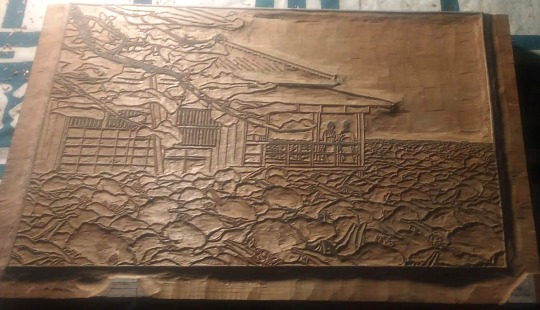
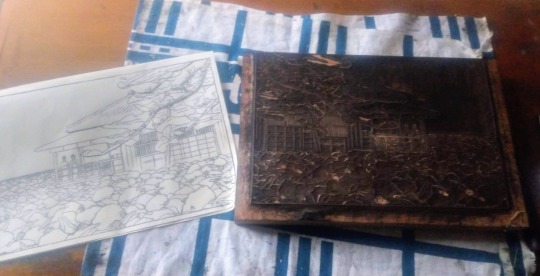

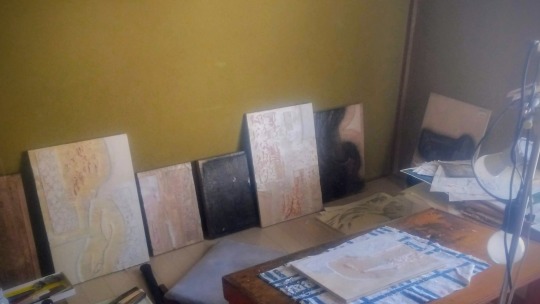
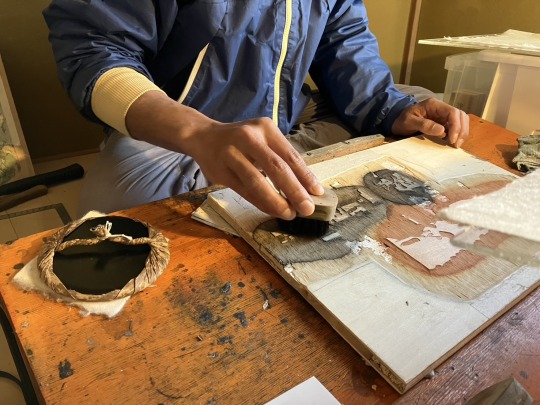
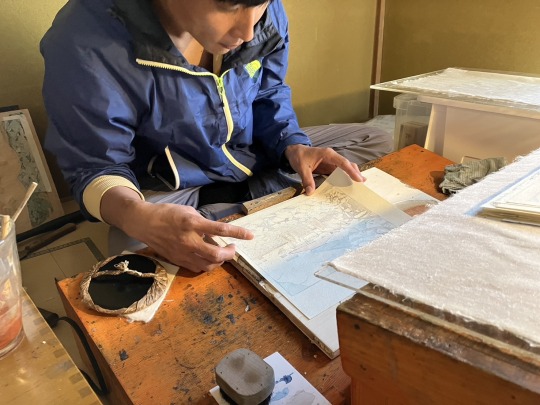


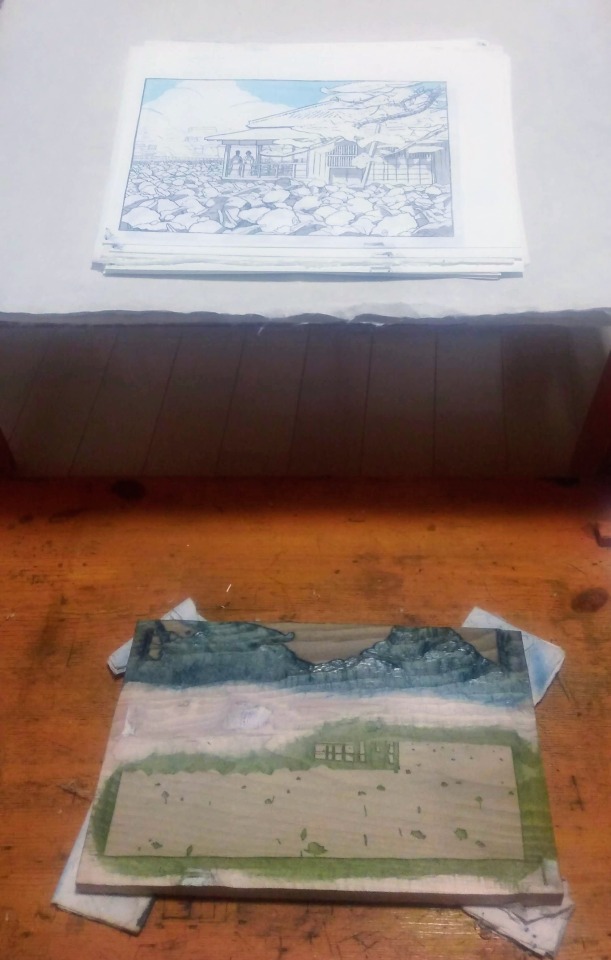


I this time printed 26 color impressions.
About Sale
Printmaking this time was so fun and comfortable. From the early step of the process, I could get something good feeling that a nice print could be born naturally, and also various nice images for the next prints came to my mind. However, whether I'll continue this project or not depends on its earnings.

Title: Ueno Park, Tokyo, 7, 1938
Paper size: 29×20.5 cm
The circulation is 23 of a limited edition. You perhaps wonder why it's such a small quantity. But, it's enough many from my sale ability at the present. I would make it more in the future new prints if people who would like to purchase my prints would appear in the future. But, in actual, if there were 20〜30 people who would like to purchase my prints around the world, that's Really enough for me.
It's available for sale in the following link.
If it would not be sold well, I will start again to make ukiyoe reproductions for vendors, as I had been doing in the past temporarily. That's not a work with publisher since I quit a printer years ago and not a carver from the first. That is a work which making in a large quantity in a cheap price while saving cost. But, that is what should be reached to an average level of ukiyoe reproduction in the market. That is a rewarding job also.
(I mentioned in the previous article, that I from this year would make ukiyoe eproduction including current condition. But I decided to stop that due to the sale risk. )
3 notes
·
View notes
Photo

Today I'm with some artworks by a Japanese artist named Utagawa Kuniyoshi. He was one of the great masters of the Japanese ukiyo-e style of woodblock prints and painting.
Ukiyo-e means "Pictures of the Floating World". It was popular from the 17th through the 19th centuries and included many subjects. Kuniyoshi's subjects included landscapes, beautiful women, Kabuki theater actors, and mythical animals. He is best known for depictions of the battles of legendary samurai heroes.
Like many creative people, Kuniyoshi loved cats, and his students remarked that his studio was overrun with them. Being a cat myself, I don't really like the negative connotations of the word "overrun". I think it is better to say that his studio was "embellished" by many cats.
His love for cats became evident in his work, and they appear in a number of his finest prints. He even did a whole series of them laying in forms of Japanese characters, which is not normal behavior found in Western cats.
In the 1840s, the Tokugawa Shogunate were confronted by an economic crisis in Japan. To counter it, they introduced the Tenpō Reforms which, among other things, forbade any representation of Kabuki actors, courtesans and geisha. They believed that these were luxuries that society could not afford, and depicting them would be purposely provoking society through subversive ideas. I suppose it was easier to issue such a mandate than to address the causes of the crisis.
Kuniyoshi bypassed the censorship however, by illustrating famous Kabuki actors in animal form, mainly cats, with occasional small clues that hinted at an actor's true identity. Apparently cats shown in luxurious professions did not provoke society.
The painting on the top shows cats acting out Chapter 10 of an 11th Century Japanese literary work called "The Tales of Genji". The other shows cats playing a game called Kemari, which was kind of like hacky-sack, and was popular with the upper classes.
Click https://mistysworldboutique.etsy.com to visit my store. These artworks and many other images are available on magnets and postcards.Japan
2 notes
·
View notes
Photo
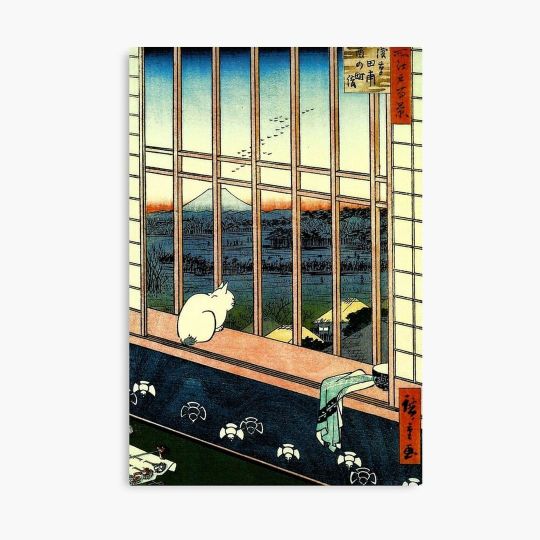
🎋 "Asakusa Ricefields and Torinomachi Festival", from the series One Hundred Famous Views of Edo, by Utagawa Hiroshige (1797–1858), canvas print #japaneseart #japaneseartwork #japaneseillustration #japaneseaesthetic #hiroshige #japanesepainting #japanesetraditional #japanculture #fineartprints #japanlover #japanart #japaneseprint #ukiyoe #ukiyo #ukiyoeart #edoperiod #nihonga #japanesewoodblockprint #japanesewoodblock #japanesevintage #japanesecat #mountfuji #fujiyama #mountfujijapan #asakusa #asakusatokyo #tokio #catlovers #utagawahiroshige #ricefield (à Asakusa) https://www.instagram.com/p/ChQB5yQNjYT/?igshid=NGJjMDIxMWI=
#japaneseart#japaneseartwork#japaneseillustration#japaneseaesthetic#hiroshige#japanesepainting#japanesetraditional#japanculture#fineartprints#japanlover#japanart#japaneseprint#ukiyoe#ukiyo#ukiyoeart#edoperiod#nihonga#japanesewoodblockprint#japanesewoodblock#japanesevintage#japanesecat#mountfuji#fujiyama#mountfujijapan#asakusa#asakusatokyo#tokio#catlovers#utagawahiroshige#ricefield
5 notes
·
View notes
Text
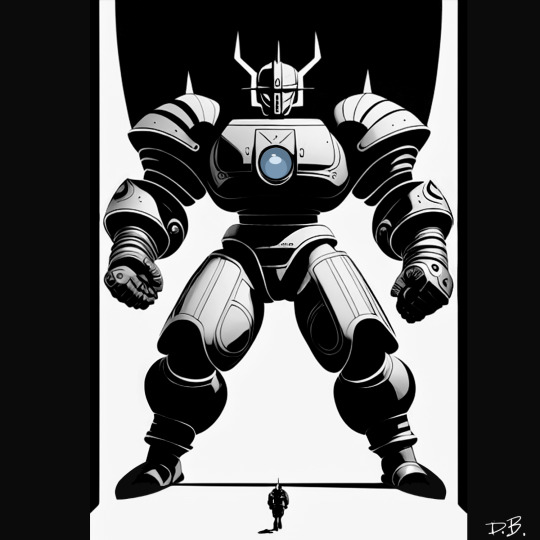
"Giant Robot Samurai"
#japaneseculture#japanesetattoo#blackandwhite#ink#inkdrawing#inktattoo#inktattoos#inktober#anime#animationdesign#robot#japanesefashion#japaneseprint#giants#giantrobot#samurai#comics#conceptart#art#artwork#massive#instagood#instagram#animation#animationart
0 notes
Photo

✨ Vintage Japanese Woodblock print (1909) by Kamisaka Sekka. Original from the The New York Public Library ✨ 🌴Discover all Esotika prints on our Etsy shop 👉 Link in bio! ____ #digitalwallart #homedecor #wallart #vintageposter #vintageprint #vintagewallart #etsy #vintagewalldecor #posterart #digitalart #antiqueprints #bohemianhome #artprints #artgallery #vintagehome #japaneseprint #autumnprint #printableart #antiquewallart #esotikaprints https://www.instagram.com/p/CkL6kFFoyAV/?igshid=NGJjMDIxMWI=
#digitalwallart#homedecor#wallart#vintageposter#vintageprint#vintagewallart#etsy#vintagewalldecor#posterart#digitalart#antiqueprints#bohemianhome#artprints#artgallery#vintagehome#japaneseprint#autumnprint#printableart#antiquewallart#esotikaprints
0 notes
Photo

You can now register to participate to the 3rd International Mokuhanga Pechakucha which will be held online on zoom on October 9th at 13.00 Japan time (6.00 am CET, 12.00am NY time, and 9pm October8th LA time) We have 3 incredible presenters: Mel Cheong (Macau-China) Sayaka Kawamura (Japan) Roslyn Kean (Australia) The Session will be moderated by Keiko Kobayashi and hosted by Kentler International Drawing Space. Link to register in bio: #internationalmokuhangapechakucha #mokuhangaassociation #mokuhangaconference #japanesewoodcut #reliefprint #printmaking #printmakers #pechakucha #japaneseprint #mokuhanga #imamokuhanga @mel.cheong @roslynkean @keikoba36 @kentlerdrawing https://www.instagram.com/p/CjQG8ynM632/?igshid=NGJjMDIxMWI=
#internationalmokuhangapechakucha#mokuhangaassociation#mokuhangaconference#japanesewoodcut#reliefprint#printmaking#printmakers#pechakucha#japaneseprint#mokuhanga#imamokuhanga
0 notes
Link
0 notes
Photo

in love with tangerine chrome set and obsessed with hand painted japanese prints ! Anyone wanted to do this design in different colors ?? 🧡🍊🧶🥕🏵🍑🧡 Custom press-on orders available 💅🏻 ------------------------------------ ■ DM @theflutterytips ■ Whatsapp 9041 4131 ------------------------------------ Thank you for visiting ☻ #アクセサリーネイル #ネイルデザイン #手書きネイル #モノトーンネイル #個性派ネイル #ネイルチップ #ネイルチップ #セルフネイル #일본디자인네일 #美甲 #日式美甲 #gelnails #nails #hypebae #hypebaebeauty #dazedbeauty #pressonnails #smallbusiness #chromenails #orangenails #japaneseprint #flutterytips #flutterynails (at Fluttery Tips) https://www.instagram.com/p/CeQa0LLrIwE/?igshid=NGJjMDIxMWI=
#アクセサリーネイル#ネイルデザイン#手書きネイル#モノトーンネイル#個性派ネイル#ネイルチップ#セルフネイル#일본디자인네일#美甲#日式美甲#gelnails#nails#hypebae#hypebaebeauty#dazedbeauty#pressonnails#smallbusiness#chromenails#orangenails#japaneseprint#flutterytips#flutterynails
0 notes
Photo
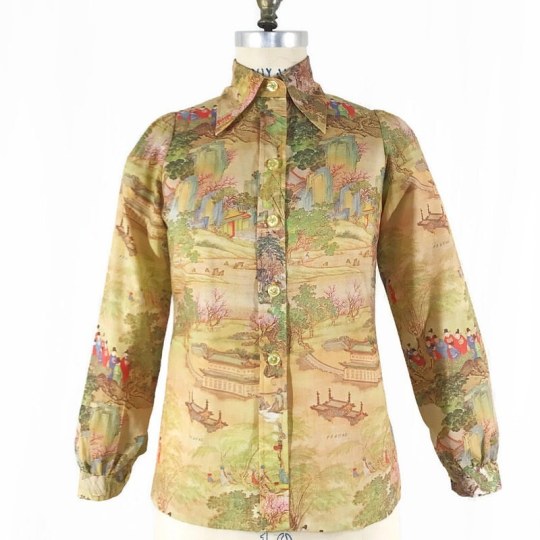
70s puff sleeve blouse S-M Link in profile or message to purchase #vintageblouse #japaneseprint #70sblouse #puffsleevetop #1970svintage #voguevintageclothing https://www.instagram.com/p/CeP8q27Ou73/?igshid=NGJjMDIxMWI=
0 notes
Photo
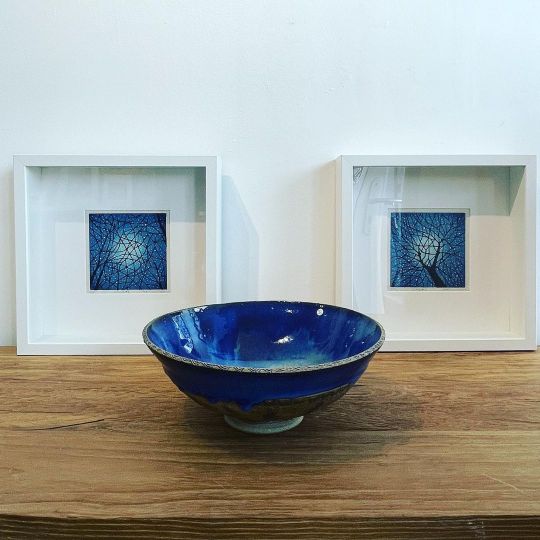
stampe con ceramiche @galerienakai #sembranofatteimsieme #blue #ceramica #mokuhanga #japanesewoodblock #woodblock #japaneseprint (at Tournus) https://www.instagram.com/p/CeGmDYLoSNN/?igshid=NGJjMDIxMWI=
1 note
·
View note
Text
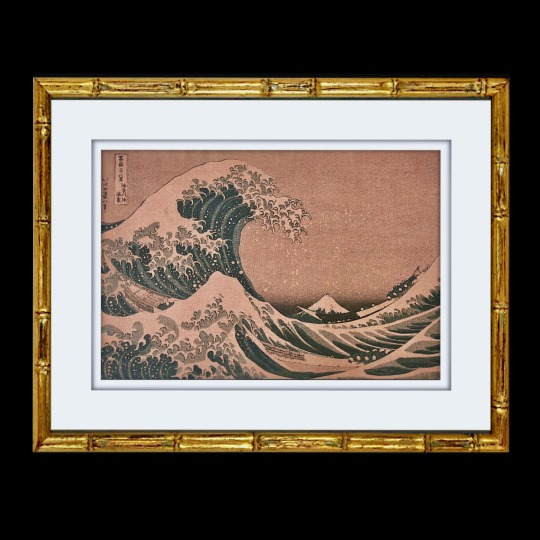
🔥 For Sale 🌈 Original Japanese Woodblock Print Tsunami Great Wave By Hokusai. The direct link is below...
🔥 See the description video and interesting details at Busacca Gallery
"The Great Wave off Kanagawa" is a famous woodblock print by the Japanese artist Hokusai. It was published in 1832 (Edo Period) as the first in Hokusai's series "36 Views of Mount Fuji" and is his most famous work. It depicts an enormous wave threatening boats near the Japanese prefecture of Kanagawa. As in all the other prints in the series, Mount Fuji can be seen in the background. While sometimes assumed to be a tsunami, the wave is more likely to be a large okinami (Japanese "ocean wave")
#Print #WoodBlock #WoodblockPrints #OriginalPrint #BusaccaGallery #Art #ArtPrint #JapanesePrint #JapaneseArt #JapaneseDesign #JapaneseGraphics #Graphics #ArtGraphics #WallArt #Poster #PosterArt #HomeDecor #OriginalDecor #Collector #JapaneseCollector #JapaneseCollections #CollectiblesArt
0 notes
Photo
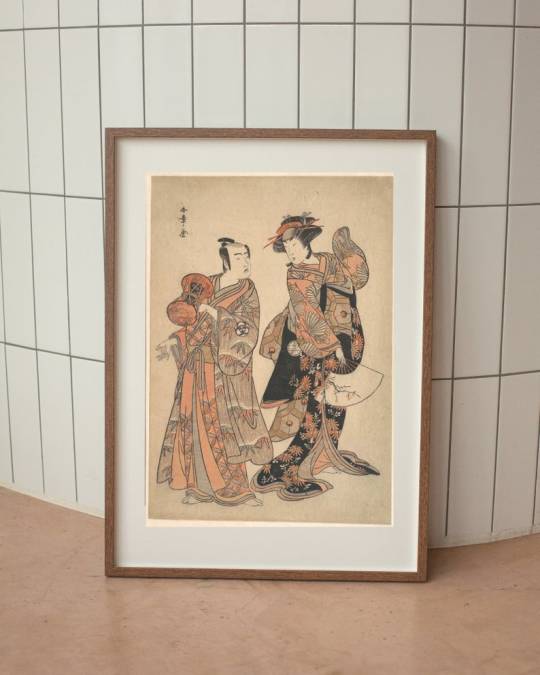
New print up on my etsy! PeachyBabyArt :P
Title: The Third Segawa Kikunojō as Ochiyo and Bando Mitsugorō as Hanbei
Medium: Woodblock print (nishiki-e); ink and color on paper
Artist: Katsukawa Shunshō 勝川春章
https://www.etsy.com/ca/listing/964096385/vintage-1781-japanese-wood-block-print
#vintage#vintageart#vintageprints#japanese#japan#japaneseart#japaneseprints#vintagejapanese#vintagejapaneseart#vintagejapaneseprints#japaneseprint#japaneseportrait#japaneseartwork#ink#woodblock#print#digital#download#artwork#watercolour#paper#artforthehome
10 notes
·
View notes